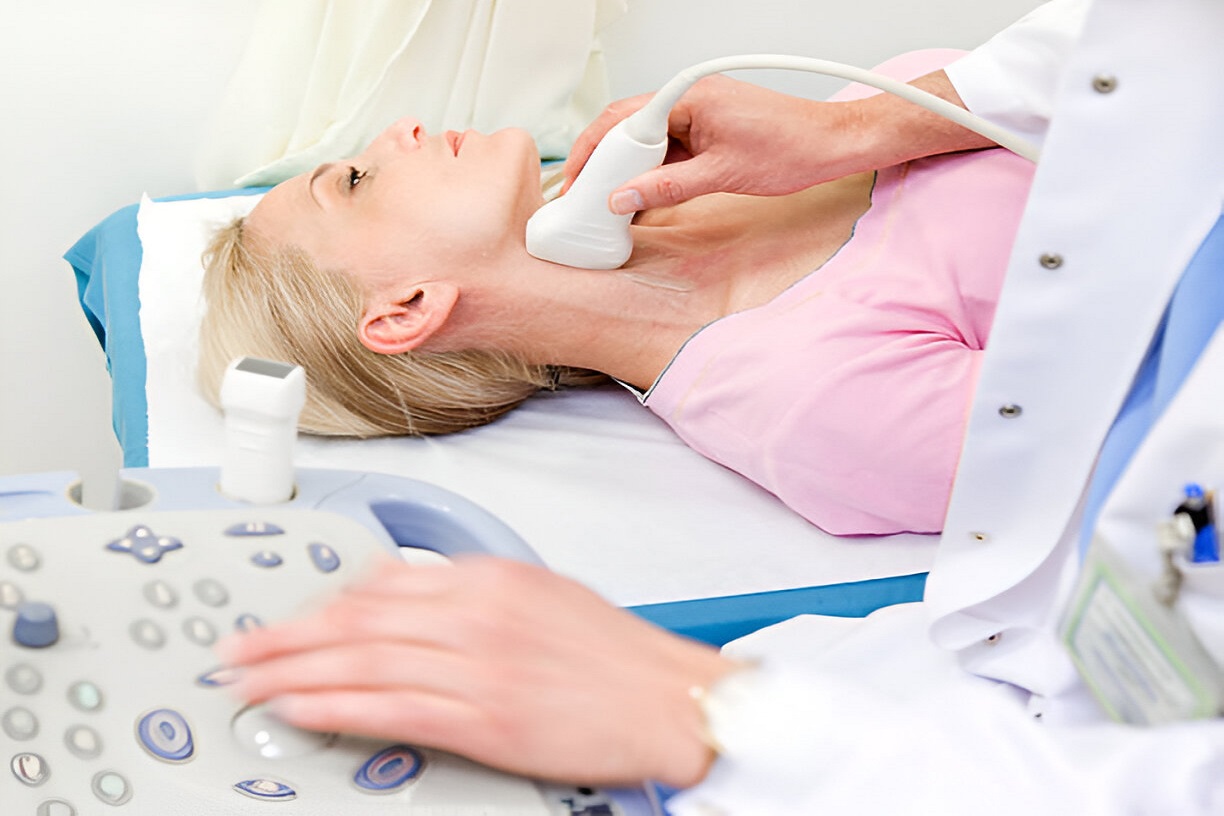
Understanding Atherosclerosis Screening- Carotid Ultrasound, AAA Screening, and Lower Extremity Screening
Understanding Atherosclerosis and the Importance of Early Screening
Atherosclerosis is a condition in which plaque builds up inside the arteries, leading to narrowing and hardening of these vital blood vessels. Over time, this restricts blood flow and increases the risk of serious health problems like heart attacks, strokes, and peripheral artery disease (PAD). Because atherosclerosis often develops silently, early detection and management are essential to prevent life-threatening complications.
In this blog post, we’ll explore three key screening tests used in internal medicine to detect atherosclerosis early:
- Carotid Ultrasound
- Abdominal Aortic Aneurysm (AAA) Screening
- Lower Extremity Screening for PAD
These tests can help identify issues before symptoms appear—allowing for earlier treatment and better outcomes.
1. Carotid Ultrasound: Detecting Stroke Risk Early
The carotid arteries supply blood to the brain. When plaque builds up in these arteries—a condition known as carotid artery disease—the risk of stroke increases significantly.
What is a Carotid Ultrasound?
A carotid ultrasound is a simple, non-invasive test that uses sound waves to create images of the carotid arteries. A technician applies gel to the neck and uses a handheld device (called a transducer) to visualize blood flow and detect plaque buildup or narrowing.
Why It Matters
Carotid artery disease often develops without symptoms. Risk factors include:
- High blood pressure
- High cholesterol
- Smoking
- Diabetes
- Age 60+
- Family history of stroke or heart disease
Screening is especially important for people with these risk factors. Early detection can lead to preventive measures such as medication, lifestyle changes, or even surgery to reduce the risk of stroke.
2. Abdominal Aortic Aneurysm (AAA) Screening: Catching a Silent Threat
An abdominal aortic aneurysm (AAA) is a bulge in the lower part of the aorta—the major artery that carries blood from the heart. If an AAA ruptures, it can cause sudden, fatal internal bleeding.
How is AAA Screening Done?
AAA screening is performed with abdominal ultrasound. The test is painless and non-invasive, using sound waves to create images of the aorta and detect any enlargement.
Who Should Be Screened?
AAA screening is recommended for:
- Men aged 65–75 who have ever smoked
- People with a family history of AAA
- Individuals with high blood pressure or cardiovascular disease
Early detection allows for careful monitoring or surgical intervention before the aneurysm becomes dangerous. Research shows that screening significantly reduces the risk of fatal rupture.
3. Lower Extremity Screening: Detecting Peripheral Artery Disease (PAD)
Peripheral artery disease (PAD) occurs when arteries in the legs become narrowed or blocked due to plaque buildup, reducing blood flow to the limbs. PAD can cause leg pain, cramping, and, in severe cases, lead to infections, ulcers, or even amputation.
How is PAD Screening Performed?
The most common method is the ankle-brachial index (ABI). This test compares blood pressure in the ankle to that in the arm. A lower pressure in the ankle suggests poor blood flow and possible PAD.
Who’s at Risk?
- Age 60+
- Smoking
- Diabetes
- High blood pressure or cholesterol
- Family history of heart disease or stroke
Early detection of PAD allows for treatment to improve circulation and prevent serious complications, including limb loss.
Why Early Detection of Atherosclerosis Matters
Atherosclerosis is often a “silent” disease—it can progress for years without noticeable symptoms. By the time a heart attack or stroke occurs, significant artery damage may already exist. That’s why screening is so important, especially for people at high risk.
Who Should Consider Screening?
You may benefit from screening if you:
- Are 50 years or older
- Have a history of smoking
- Have high blood pressure, cholesterol, or diabetes
- Have a family history of cardiovascular disease
- Are overweight or live a sedentary lifestyle
Talk to your healthcare provider to determine which screenings are right for you. Detecting atherosclerosis early can lead to lifestyle changes and treatments that significantly reduce your risk.
Conclusion: Take Control of Your Vascular Health
Atherosclerosis is a serious but preventable condition. With early screening—including carotid ultrasound, AAA screening, and lower extremity testing—you can catch warning signs before they become emergencies. If you’re at risk, don’t wait. Speak with your healthcare provider about screening options and take steps now to protect your heart, brain, and limbs.
Early action saves lives.




